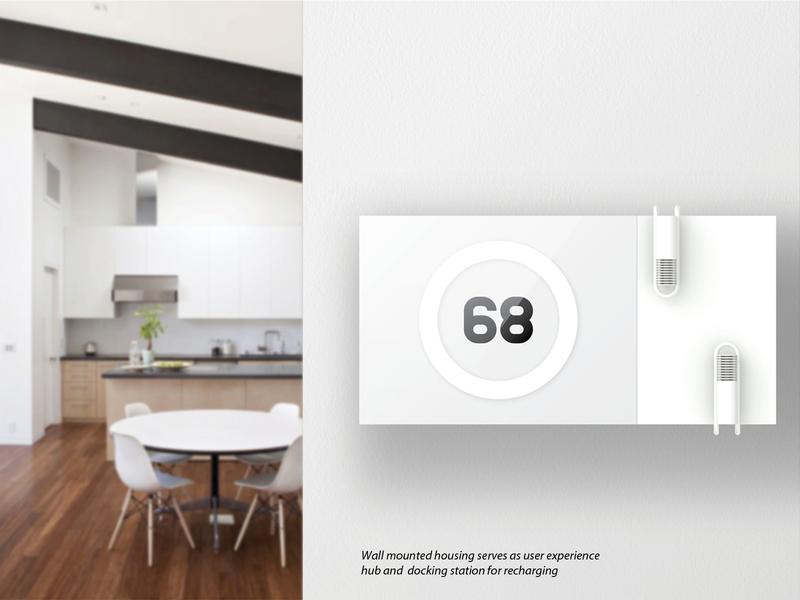2013 Galleries
The Spark Gallery pages are one of our most popular design destinations, with thousands of visitors each year. Check out some of the latest Spark entries, in the galleries below.
Galleries // 2013 Spark:Concept // Air Quality
Air Quality
Winner - Silver
Competition: Spark:Concept
Designer: Samuel Martin - Sr ID Student, class of 2013
Design Type: Medical Devices
Company / Organization / School: Western Washington University + Anvil Studios
Website: http://www.anvil-studios.com
Team Members: Sean Braaten, Sr ID student, class of 2013
Larisa Schulze, Sr ID student, class of 2013
Libby Kunkle, Sr ID student, class of 2013
Each time you take a breath, what exactly are you breathing? Air quality varies immensely as you move through different locations. In fact, air indoors is the lowest quality of any air you breathe daily. Existing air quality monitoring stations only record macro-environmental trends; lending an opportunity to implement a solution that provides real-time, accurate reporting of micro-environmental air quality. In terms of air pollutants, the EPA has classified six hazardous air-borne compounds: Ground Level Ozone. Particulate Matter, Carbon Monoxide, Nitrogen Oxides, Sulfur Dioxide and Lead. Previously the technology capable of monitoring these toxins was large and power thirsty. However, micro scaled sensors have become available and will continue to become more accessible in the next couple of years. Packaging this technology in a desirable and economical form enables individuals to better understand the immediate quality of the air they breathe. This solution establishes a system that tracks the air quality on a micro-environmental scale. The wearable device travels with you daily; and provides immediate alerts when tethered to a mobile device. The device docks into a redesigned home thermostat, part of a system of sensors installed within the home. The dock acts as a centralized interface for cataloging air quality, pairing that information with weather forecasts, an expanded network of users and experts, and a toolkit for improving local air quality. That information, while available to the user, is additionally made publicly accessible in the form of foot traffic route assistance and environmental record.



